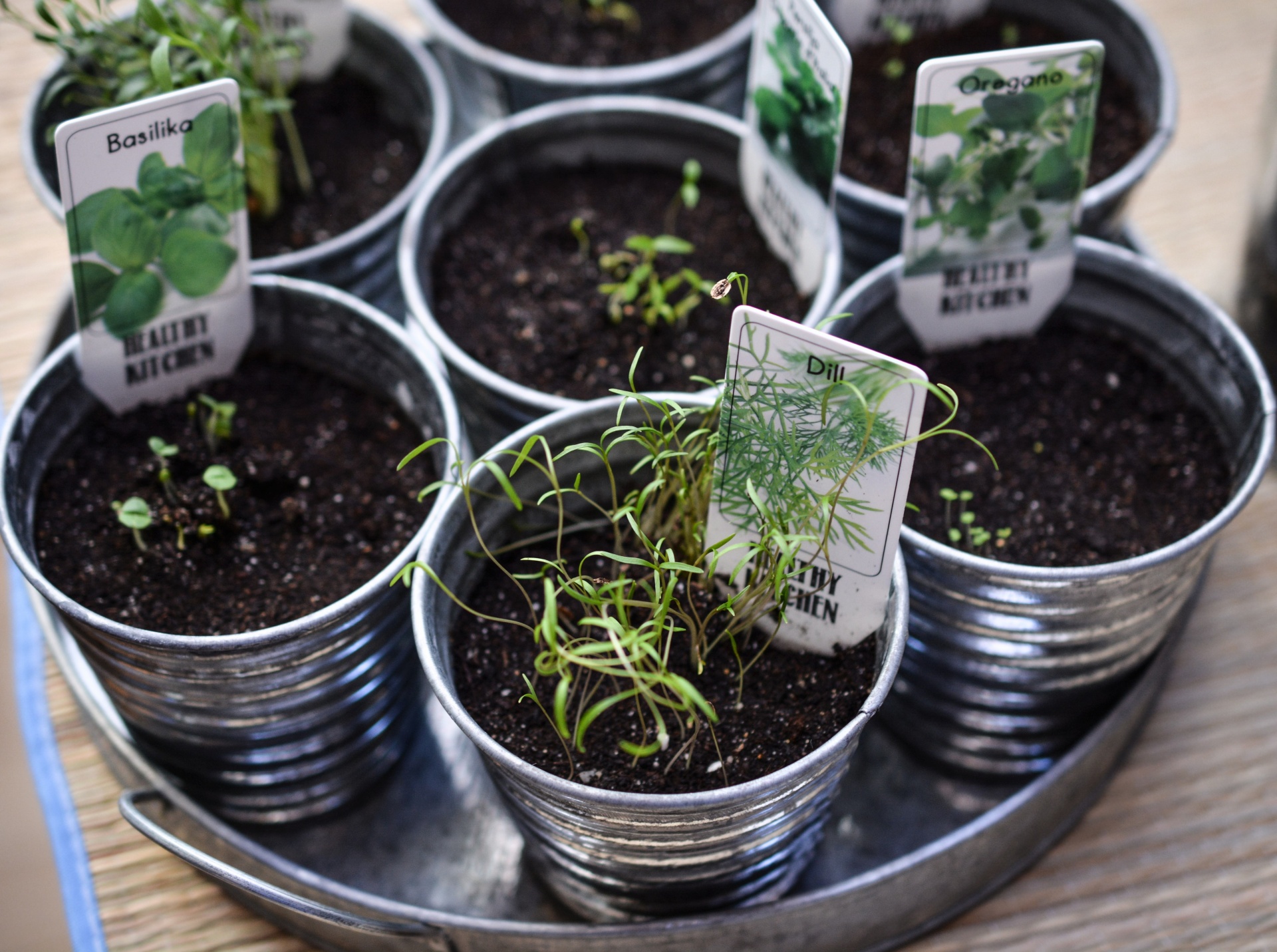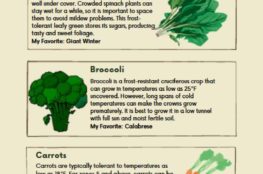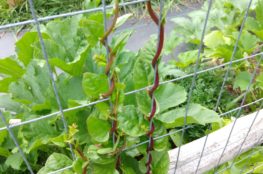If you could grow your own food to feed your family for one year, what would you grow? During WWII, the United States government encouraged families and entire communities to grow their own food due to food shortages, rationing, and rising food prices. This became known as the victory garden movement. Fast forward to 2022, the United States—along with the rest of the world—is experiencing the same predicament. Follow these steps to implement your own victory garden—now popularly known simply as a survival garden—for future food sovereignty.
WHAT TO GROW?
The first thing to consider when starting a survival garden is the amount of carbohydrates, protein, fats, vitamins, and minerals your family needs to consume in a day. You also should consider what your family likes to eat! If you are new to gardening, don’t be discouraged. Start with a square foot on your land, and also consider containers or raised beds. For my family’s survival garden, we grow the following:
- legumes
- cucurbits
- storage roots
- short-term roots
- grains/seeds
- herbs
LEGUMES
Protein-packed and nutrient-dense, beans are an essential staple crop in our garden. They can be grown in bush or pole forms. We like the dragon tongue bush variety and the Kentucky pole variety. Dragon tongue is a Dutch heirloom that we eat both as a fresh snap bean and dried shelled bean. Kentucky pole is a popular heirloom variety that is grown throughout the United States. We also eat these as a fresh snap bean or dried. Both produce high yields and are resistant to heat and most pests.
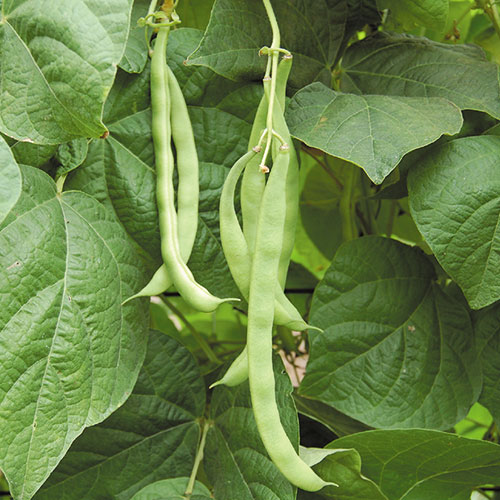
CUCURBITS
Squash is part of this large plant family that has a high human consumption rate. The winter variety we grow is the Jarrahdale pumpkin, an heirloom from Australia. This blue pumpkin is not only physically dense, but also high in vitamins A and C. They taste delicious and have a long storage life in a root cellar. Other winter varieties that have a long storage life are acorn and butternut. Remember to eat the seeds too!
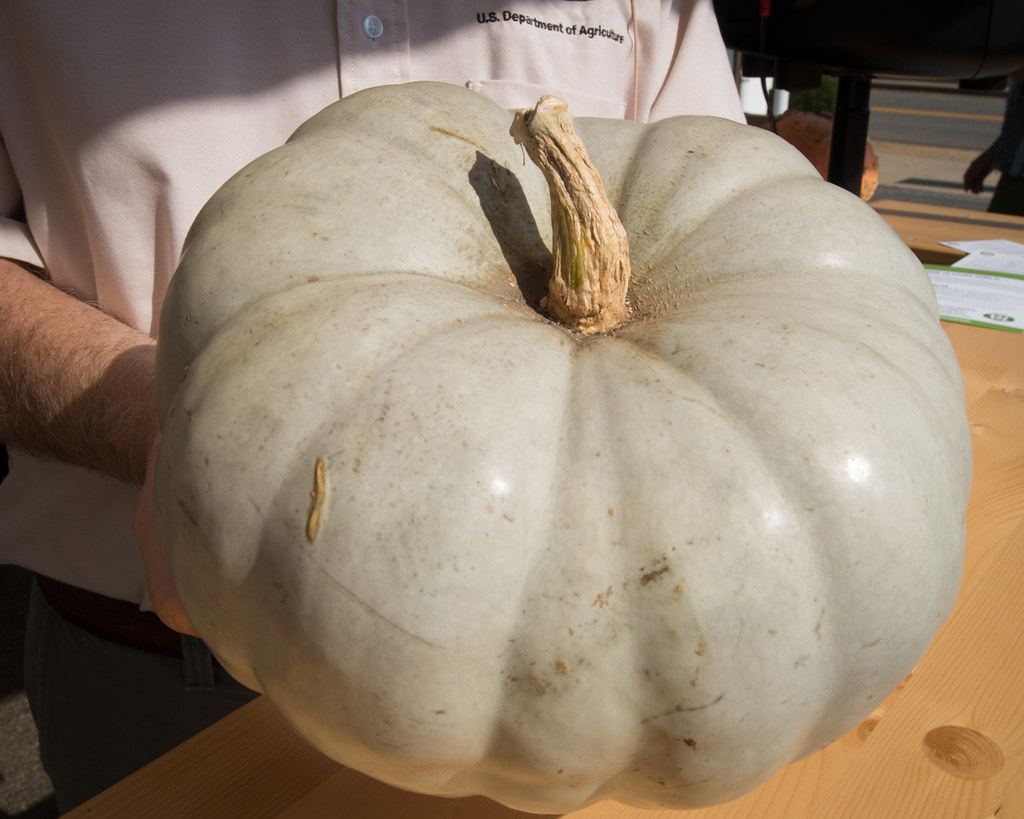
STORAGE ROOTS
My survival garden would not be complete without sweet potatoes. They supply many nutrients, are calorie-dense, and have a long storage life. The leaves are edible and tasty too! We eat them raw in salads and smoothies and make a great substitute for sauteed spinach. We grow the Carolina red ruby and Bayou Belle varieties due to their higher yields and disease resistance.
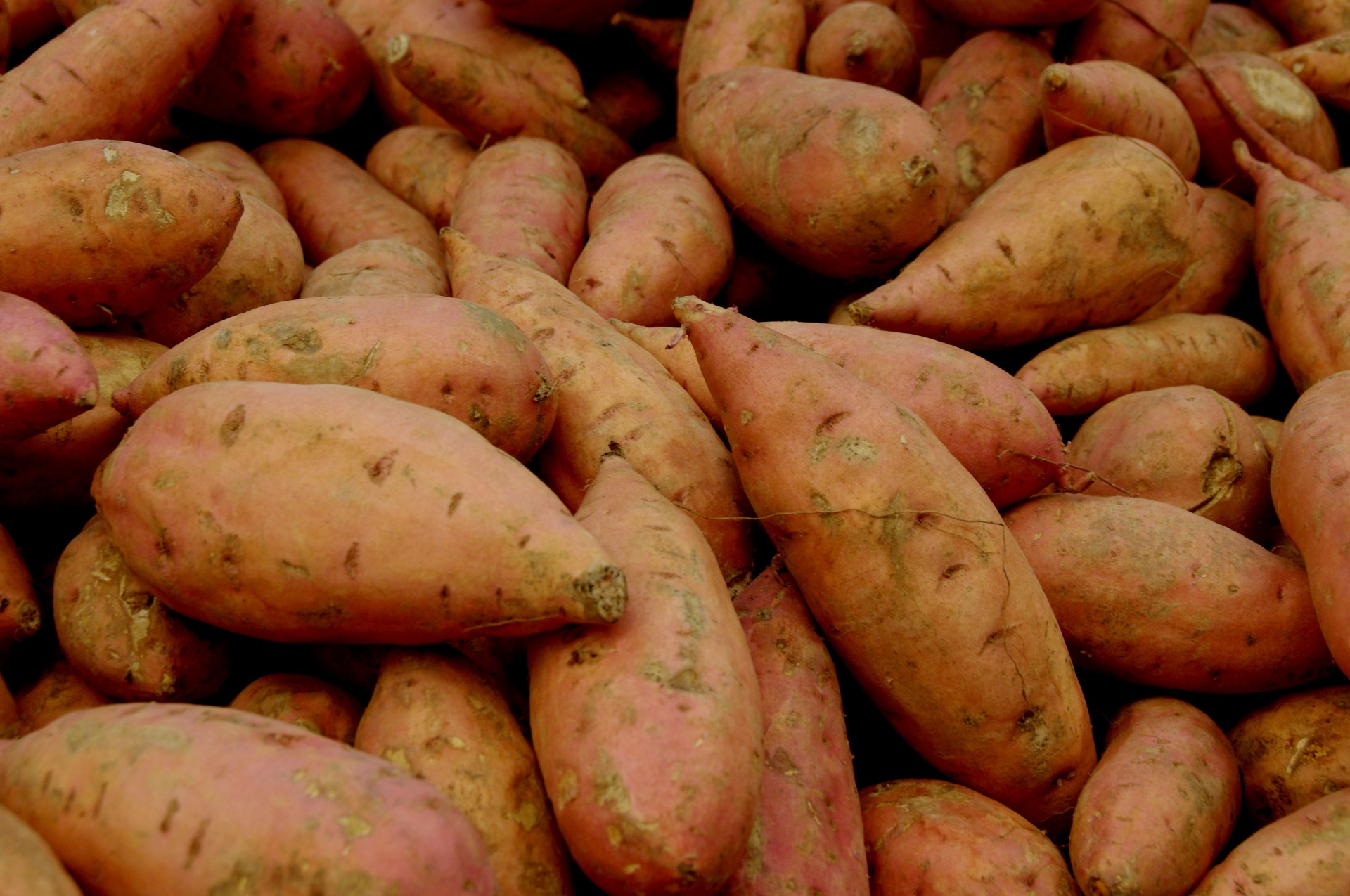
SHORT-TERM ROOTS
Eat the rainbow and load up on vitamins and minerals with carrots, beets, turnips, and parsnips. These root vegetables offer variety when it comes to consumption. Roast them together for a root hash, add them to soups and stews, and even make an alternative version of mashed potatoes. The leaves of beets, turnips, and parsnips also are edible. Lacto-fermentation and pickling are great ways to store these in your pantry.
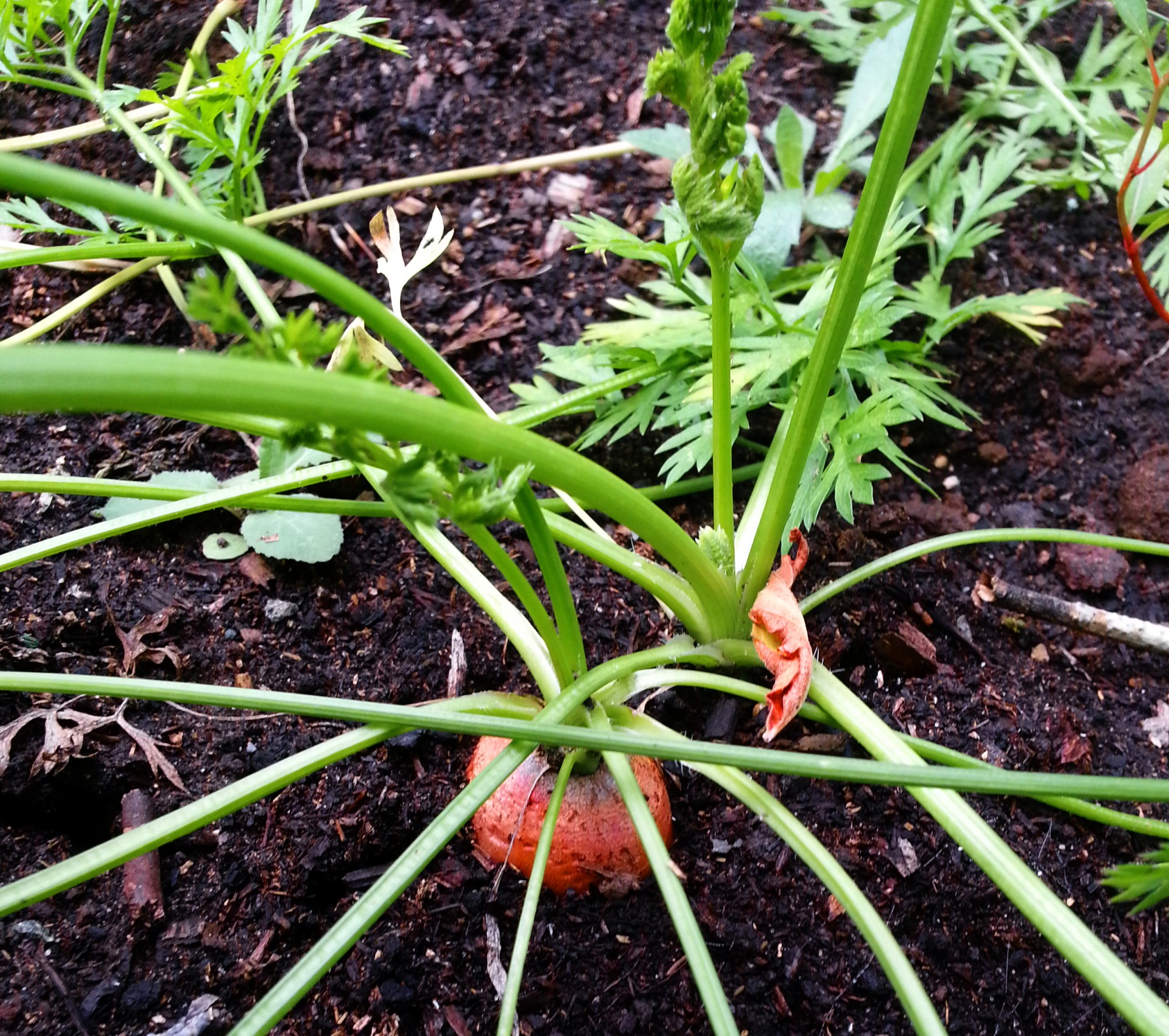
GRAINS/SEEDS
My family’s top three choices in this category are corn, sunflowers, and amaranth. We not only grow sweet corn for consumption, but also grow flour corn and feed corn for our chickens. Corn stalks also make great, natural trellises for our pole beans.
Sunflowers also serve another purpose besides its seeds supplying us with protein and vitamin E. These tall flowers provide pollen and nectar for beneficial insects like honeybees. They also attract other beneficial insects that prey on the pests that could prey on our crops!
We also plant amaranth, an ancient grain that also grows in the wild. We specifically like the Chinese giant orange variety due to its high yields and edible, young foliage. We use amaranth as an alternative to oatmeal and in place of rice for stir fry dishes. Amaranth also can be ground into flour. It’s easily stored in vacuumed-sealed bags, jars, or other air-tight containers.
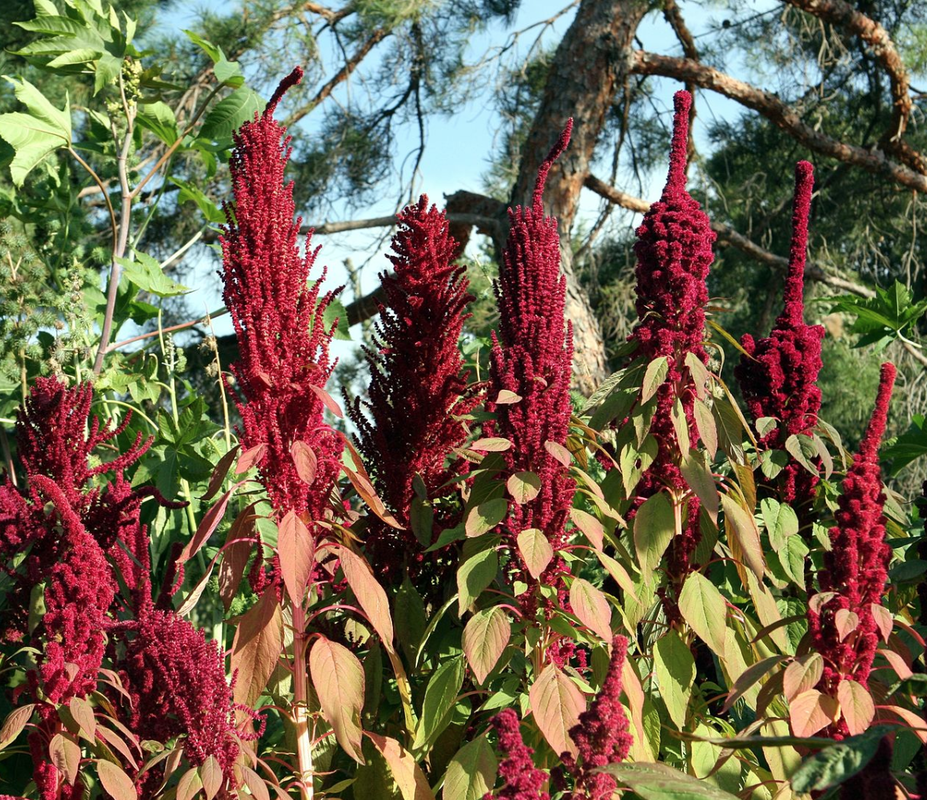
HERBS
My family’s survival garden is not complete without herbs for culinary, medicinal, and pest control purposes. We grow our herbs indoors and outdoors. Some of our favorites are basil, oregano, rosemary, thyme, mint, and stevia.
Feel overwhelmed and don’t know where to start on your survival garden journey? Contact me about design services and raised bed sales.
